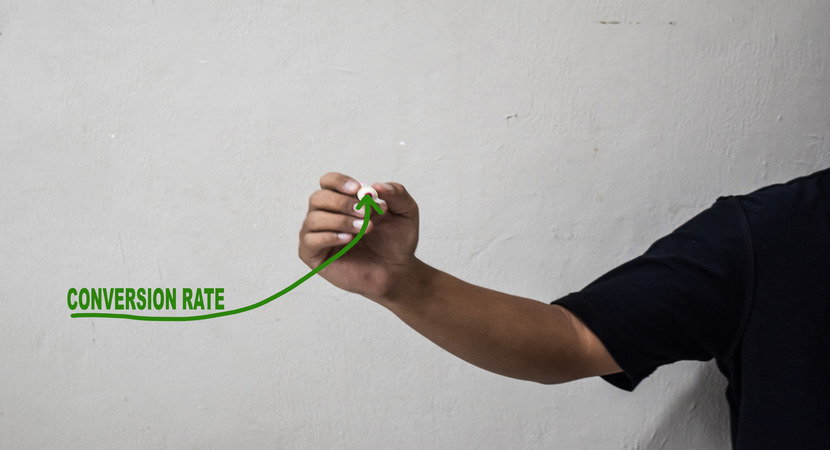It’s no secret that technology is changing the way we do business. For many finance departments, automating your Accounts Payable (AP) process may come with fears of security, visibility, and control of processes. More specifically, accountants are transforming accounts payable processes and saving time and trees with automation.
Holding on to paper may seem safe, but paper processes are the highest target for fraud, missed payments, and manual mistakes. Read on to learn the top three best practices to perfect your payment process.
How to Optimize Your AP Process
1. Implement Internal Controls
If you’re like most AP departments, you have bottlenecks in your payables process. Identifying common errors and exceptions makes it easier to implement rules and controls for following the current internal procedures automatically. There should be continuous monitoring of vendors to review changes and add new suppliers. Keeping a tight schedule of routine monitoring keeps vendor contact and payment information up to date while avoiding any potential vendor scams or any details that weren’t verified.
The biggest key for AP processing success is creating a centralized environment where all invoices can be managed. Centralizing this process reduces errors and improves visibility into spend. The goal for every finance department is to have full control of spend and processes for a foreseeable financial future. In order to manage spend and suppliers and have the best payment process possible, it’s critical to prioritize putting controls in place.
2. Create a Standardized Process for Invoice Entry
To maintain control and visibility of all payables, every invoice must follow a standard process. Letting one invoice slip through the cracks could lead to problems during auditing, year-end closing, and tax season. Almost 30 percent of duplicate payments are the result of duplicate vendors. Everything should be in a standardized format – without abbreviations or nicknames. As a best practice, double check to ensure that the company’s name on all your invoices and records matches the company name as it appears on the W-9.
If there are any departmental exceptions, it’s important to send the invoice to the AP department immediately to avoid miscommunication or late payments. Keeping all invoices from the business in a centralized, digitized location makes year-end closing and reporting easy to manage without mistakes.
3. Standardize a Process for New Vendor Setup and Maintain a Clean Master Vendor File
Keeping track of vendor verification can be tedious and timely if not regularly managed. To keep your master vendor file clean, ensure that you have a vendor approval and setup process, and limit access to the master file.
To reduce the risk of fraud, make sure the person who creates vendors cannot enter invoices or disburse payments. As an additional best practice, require a second approver for payments that exceed a certain dollar amount.
If your master vendor file is due for a cleanup, do it right away. Removing all vendor duplicates is key to creating and maintaining a clean standardized process for safe and simple vendor management. Make sure that you have a W-9 for each vendor, and that the TIN (Tax Identification Number) matches the IRS listing. Routines to double-check TIN and vendor information saves hours and headaches during year-end closing and reporting.
The Bottom Line: AP Process Optimization
Once your company fully optimizes the accounts payable cycle, you’re destined to have the perfect payables process:
- A safe and simple streamlined process that reduces fraud and manual mistakes
- Full visibility and control into payables and spend
- Fewer headaches and more hours to analyze data and reporting for a healthy financial future
Article contributed by Rent Manager integrated partner, AvidXchange.
 Register for RMUC.25
Register for RMUC.25





